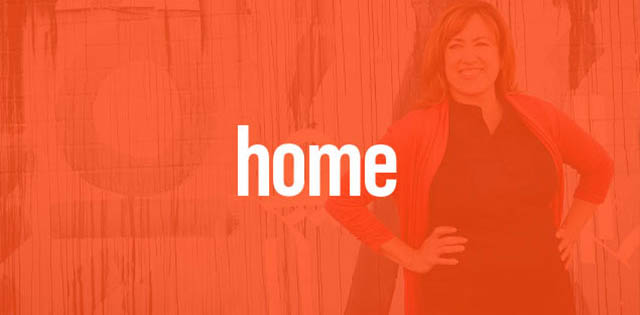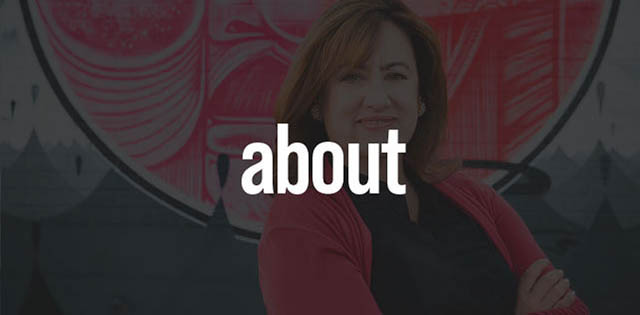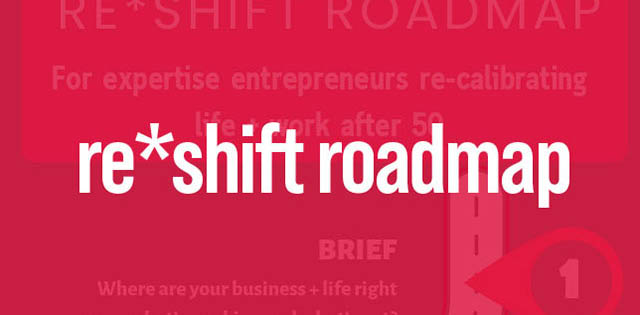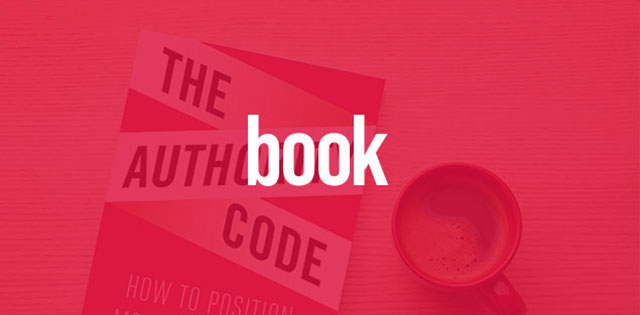Packaging Your Expertise Differently
- November 7, 2022
- Posted by: Rochelle
- Category: Monetizing, Podcast, Running Your Business

Hit a revenue plateau in your business? Or maybe you’re just getting bored with the level of work you’re attracting or impact you’re making.
Those are a few signs that maybe it’s time to package your expertise differently to juice your revenue or move further upstream. Jonathan and I discuss:
Four primary ways to assemble and deliver your expertise—and the pros and cons of each.
Shifting your mindset while shifting your service and product packaging, AKA how to move upstream confidently.
How to conduct a listening tour of your ideal clients and buyers for focused direction on (re)packaging and price points.
Integrating what your audience most wants from you with your genius zone.
Quotables
“You have this expertise that produces results, but you’re used to delivering it in just one particular way…How can we come up with some different ways to assemble it and deliver it?”—JS
“There’s the fear factor: If you’re used to getting $50,000 to build something and now you’ll get $5,000 to outline it, you’re thinking ‘where am I gonna get the other 45,000?’”—RM
“If you’re an order taker and you disagree with the orders, it’s like the world telling you you should move upstream.”—JS
“Think assessments which allow you to shift your revenue and to productize your knowledge into something that’s easier to sell.”—RM
“It’s not that difficult to add some kind of upfront design or architecture phase to whatever the thing is that you normally build.”—JS
“I like listening tours where you’re going to people who are your ideal clients, and you’re asking them about the biggest problems they’re trying to solve—and you find out more about that, so you get a sense of magnitude.”—RM
“I like to ask historically, have you tried to solve this in the past? How much money or sleep have you lost because of this problem? Things like that, because they can answer that. Like they are the expert on those questions.”—JS
“Instead of just looking to what other people are doing, we have to really understand what our audience wants from us.”—RM






